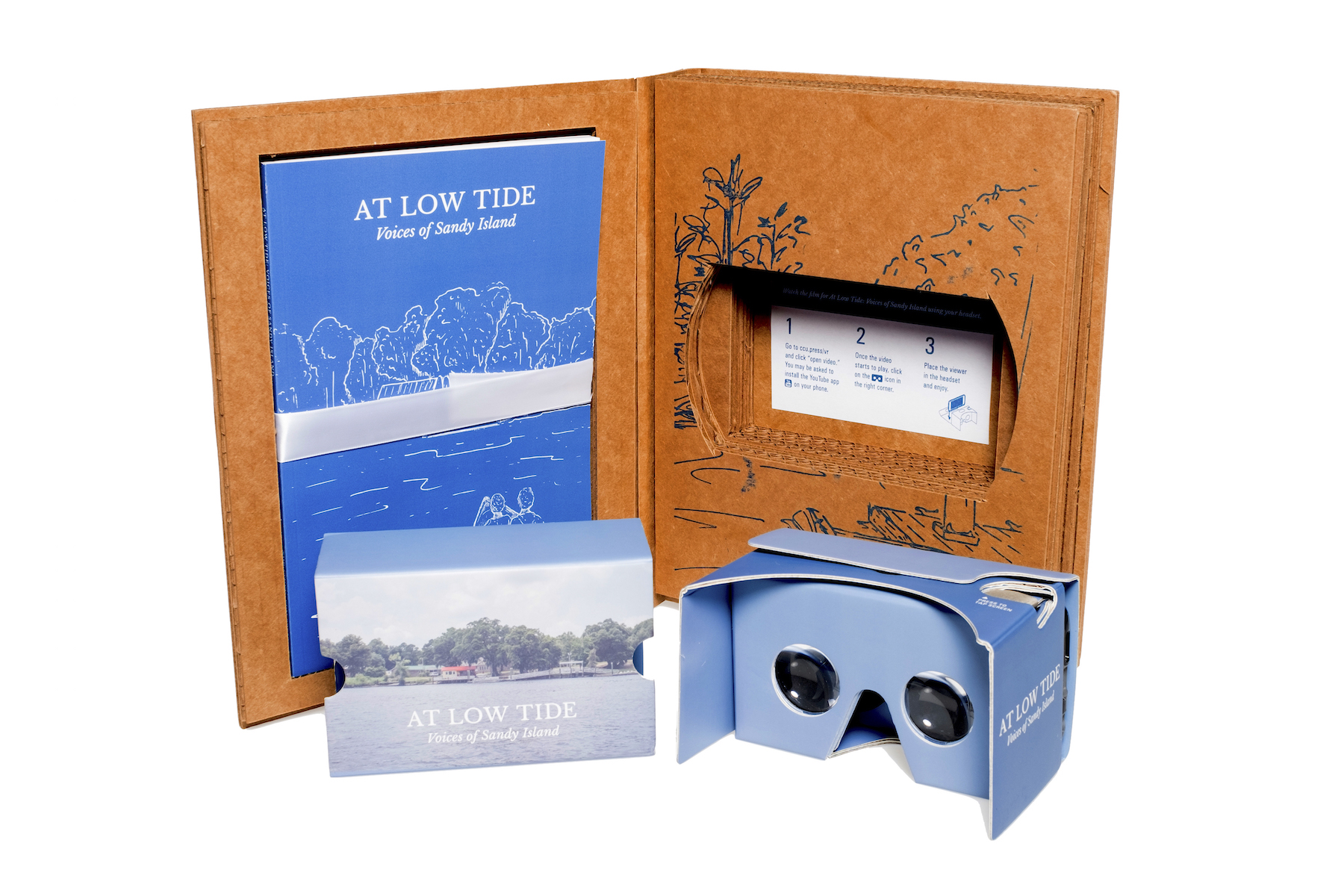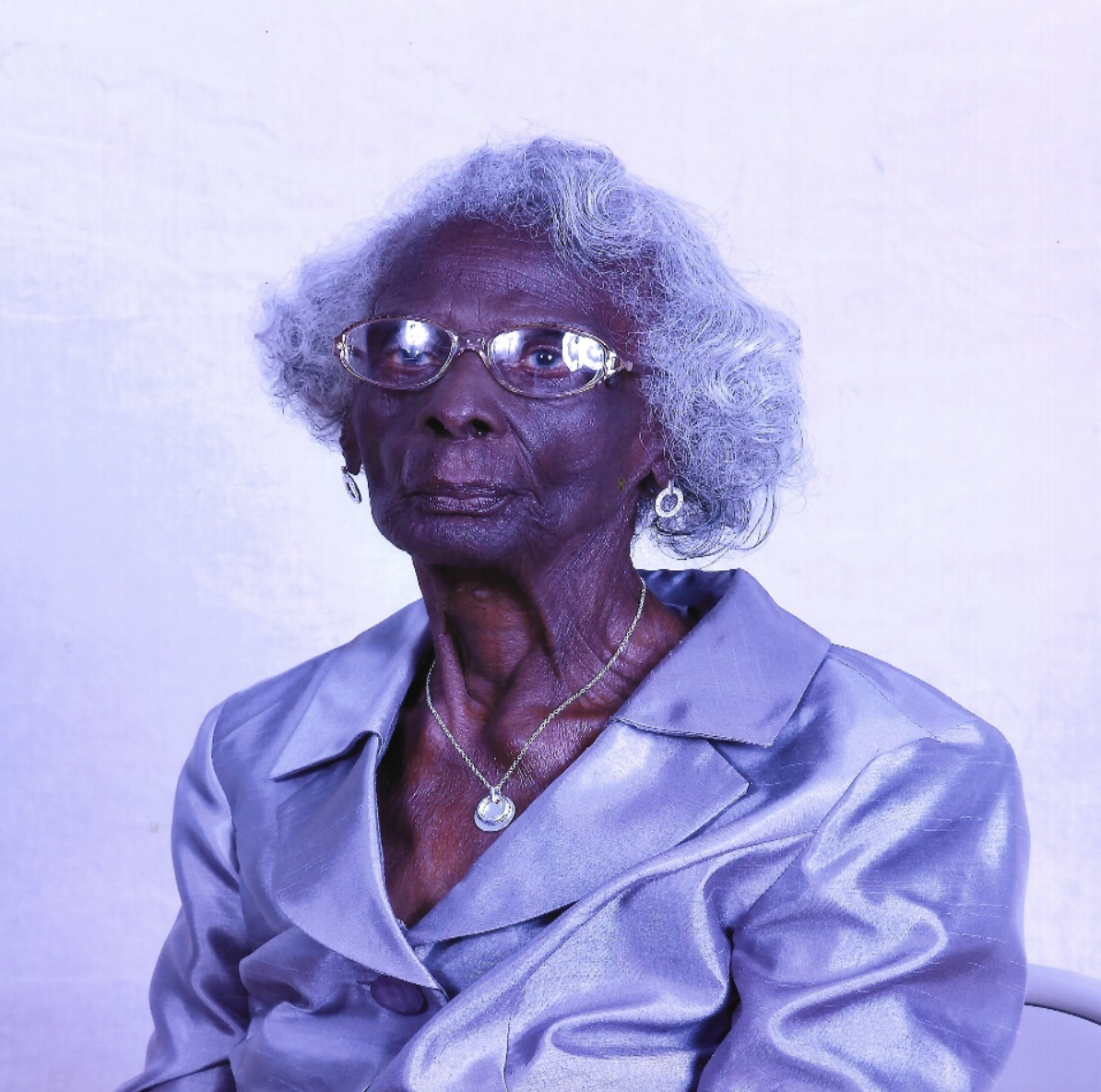At Low Tide: Voices of Sandy Island has two complementary parts: a virtual reality documentary and a physical book. Together these components present the strengths of the island community: faith, family, and unbreakable determination. Virtual cinematography allows more individuals to virtually visit with the environment. Alongside this visual is a book that documents Sandy Island’s legacy on a journey across the Waccamaw River and through time. Discover a new perspective of rich American history hidden in plain sight.
At Low Tide: Voices of Sandy Island shares the story of an African American island. Located in the neck of the Waccamaw River, this island is home to the descendants of the enslaved peoples who built Georgetown County into the largest rice exporter in the world during the late 18th and 19th centuries. Sandy Islanders have developed a resillient and self-reliant community that has lasted more than a century. Boats remain the only transportation between the island and the mainland, as there is no bridge connecting Sandy Island to the rest of the Waccamaw neck. The limited access between the two shores allows Sandy Island to be one of the last remaining undeveloped islands in America.
Sandy Island is a living historic space that demonstrates the importance of African American heritage to South Carolina. It's an example of how freed, self-determined communities thrived and insisted on a quality education and quality of life for themselves throughout the 20th century.
EXPERIENCE SANDY ISLAND

HISTORY ON THE ISLAND
In Georgetown County on the Waccamaw River, there is an island called Sandy Island. The Island houses an entirely self-reliant community of African Americans that build their own houses and take boats to the mainland every day. Founded by Phillip Washington, Sandy Island is one of the few African American communities that can claim to have built and sustained their own society after receiving their freedom from the abolishment of slavery.
Sandy Islanders fought for basic utilities like telephone lines, electricity, and running water in the 1960s. Before that, they fought to have their own voting precinct on the island to utilize their civic duty to vote.
Sandy Island’s community pushed its children for high educational attainment before integration, and boasted a percentage of educated women well beyond that on the mainland. The land on the Island has been passed down from generation to generation, and is now in the hands of the Island’s current residents. Faced with a steady decline in its population over the years, Sandy Island now fights to preserve its history and ready itself for the future.
CLICK BELOW TO LEARN MORE
360 Documentary Series
View the accompanying 360 and traditional short documentary series on Sandy Island, featuring two 360 immersive episodes and three traditional episodes.
Kouri Disseration
Read up on the complete history of Sandy Island that details the growth of the island from pre-Slavery to present day.
More Readings
Want to learn even more? Here are some more readings that delve into the history of Sandy Island.












